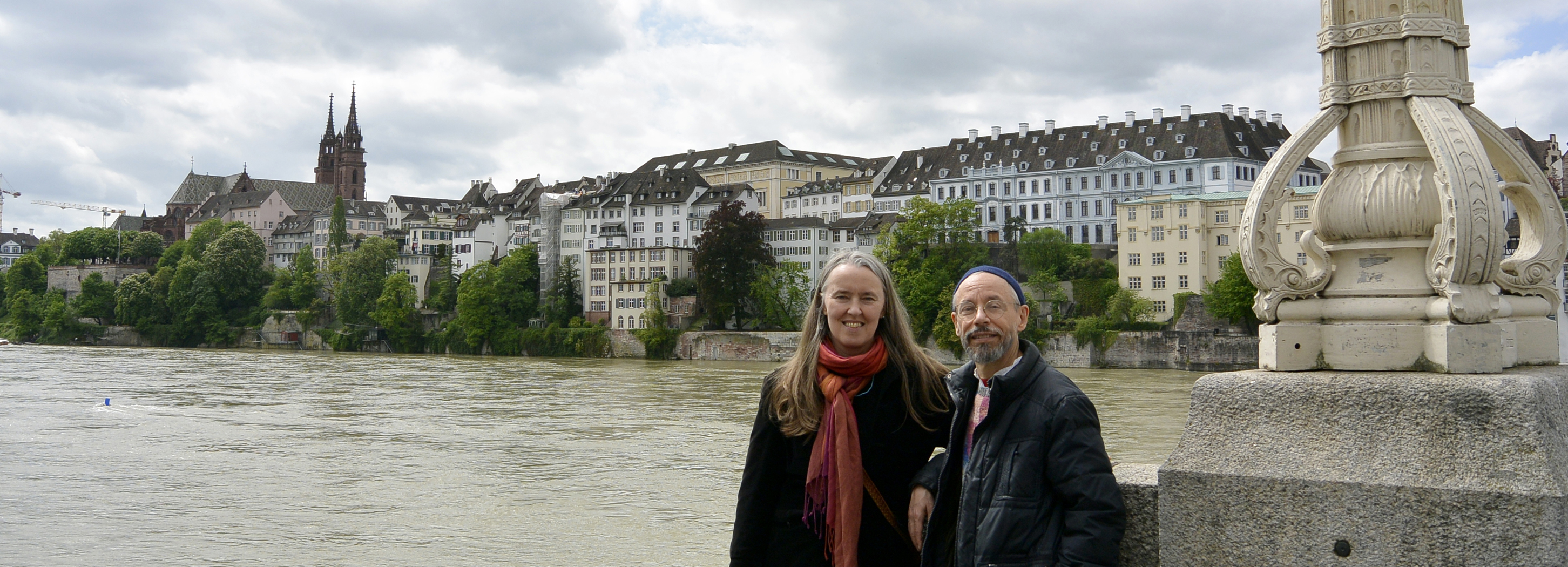The Waldorf School for the
Roma of Roşia, Romania
Posted June 1, 2016
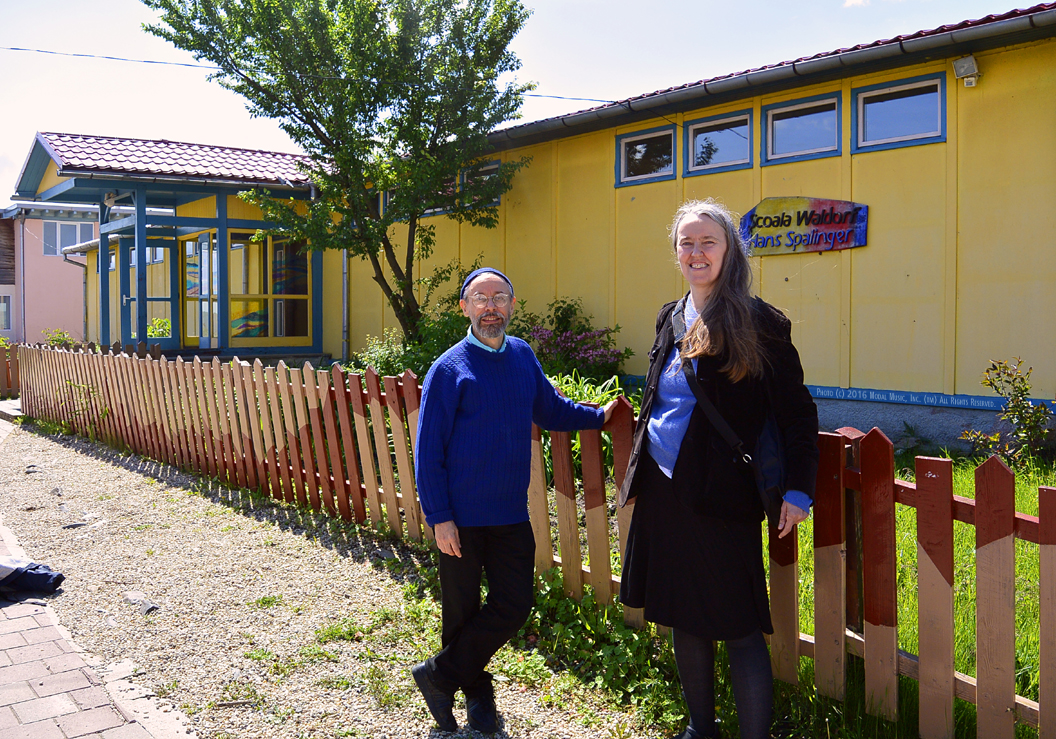
It was an offer we could not refuse even though accepting the Romanian tour proposition presented by impresarios Heleen and Mathias meant foregoing a number of possible gigs in Chicago-land.
In retrospect, it is quite clear that we (Jutta and Terran of Jutta & the Hi-Dukes(tm)) would have missed the chance of a lifetime to learn and to share had we not gone to present our world music school program at the Scoala Waldorf Hans Spalinger ( www.schule-romakinder.ch/schule.html ), located in the teeny, tiny Transylvanian village of Roşia near the center of Romania. The experience was enriching on so many levels, from the esthetic to the essential.
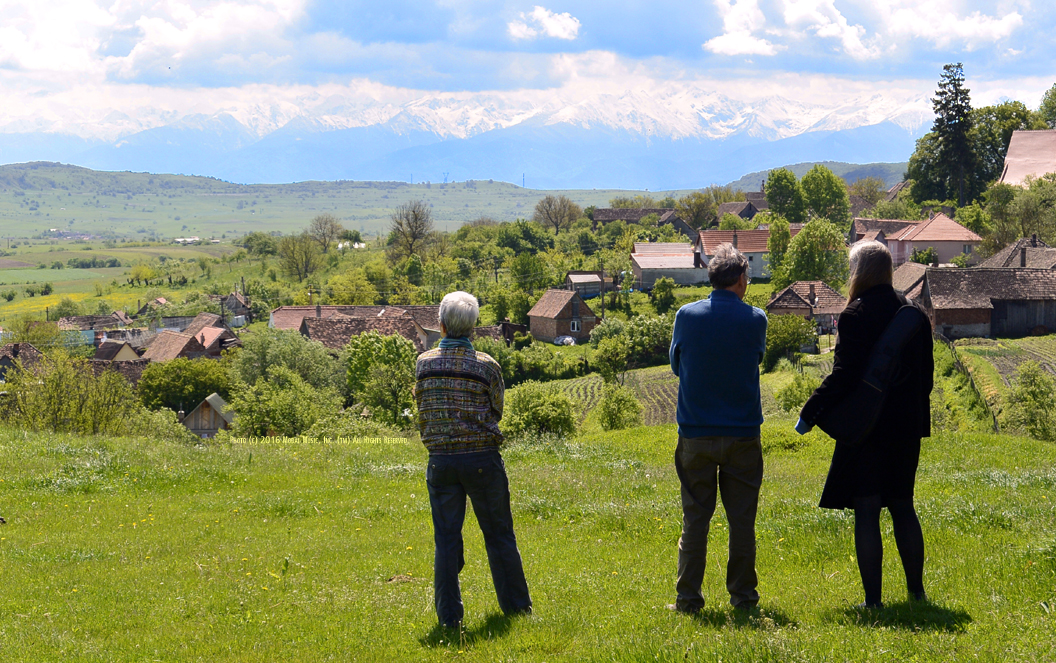
Just on its own, the beauty of such a spectacular landscape is transformative. Where the school grounds end, a wide, green valley stretches out under seemingly endless blue skies until it reaches the Făgăraş, a breathtaking, snowcapped mountain range.
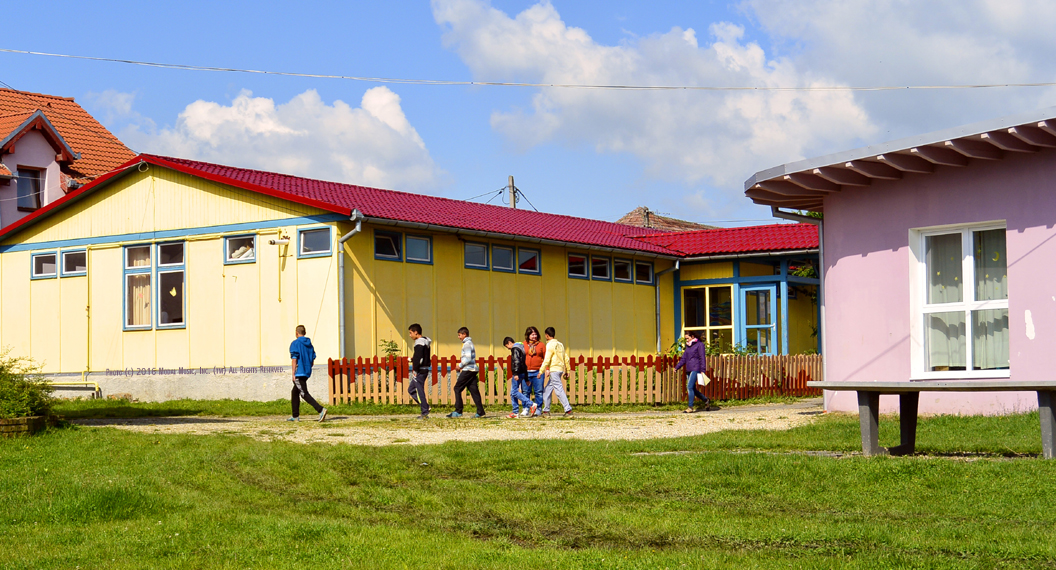
The school itself, however, has a much more fundamental function for the farming village whose population of less than one thousand is about two thirds “Rom”* or “Gypsy”**, terms many of them would prefer to eliminate because those words are so strongly associated with so much cultural discrimination and destruction. We were told that since the Roma children are not welcome in the public school, Hans and Johanna Spalinger from Germany specifically created this school to provide the children an opportunity to have a formal education. Thanks to their efforts, the well-functioning Waldorf School exists, offering classes from Kindergarten through 8th grade to students who, for the most part, are ethnically / culturally Rom.
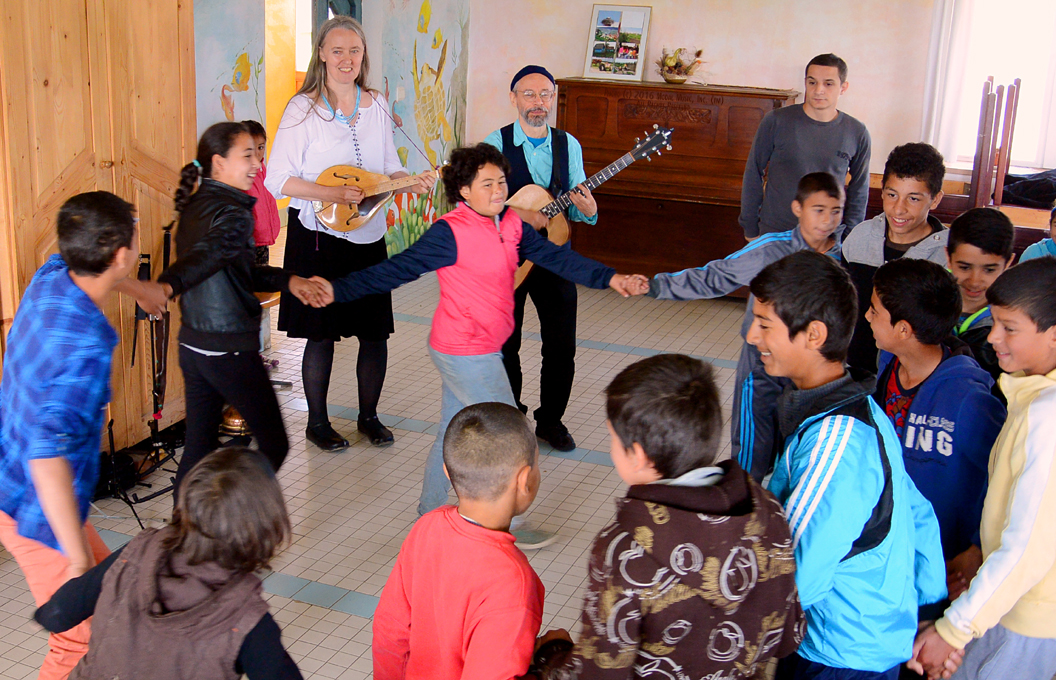
The children of Roşia enthusiastically responded to our presentation. Right from the start, we were met with lots of curiosity and kids who wanted to strum and drum on our instruments before the May 17th show had even started.
We picked a repertoire of tunes from Canada, USA, Greece, Denmark, and Macedonia. As always, students got to drum, sing, and dance along with us.
Following the assembly for the older grades, we did a classroom presentation for a couple of groups of Kindergarteners. As you will see from the accompanying video of the last piece we performed (Esma Redzhepova’s “Chaje Shukarija”), it was delightful playing for the little kids who were very attentive and engaged.
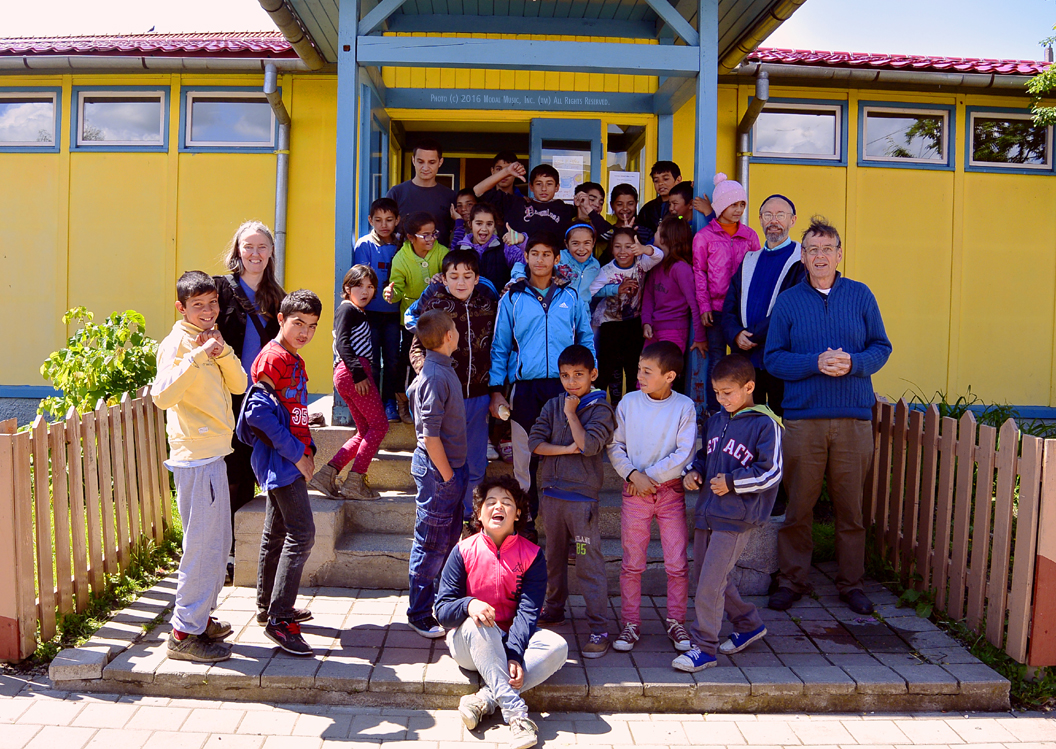
Afterwards, many of the students swarmed around us, eager to get photographed. One sweet girl even gave us some candy.
However, one aspect of the performance was different from shows we have done elsewhere because here we were told that the community is somewhat splintered. That is, while a few folks easily and willingly self-identify as being Rom, many others do not and instead insist that they are just Romanians (1) and do not speak Romani, the Hindi-based language that is spoken across Europe, in America, and elsewhere.
That sense of division in how the Rom in Roşia feel about and express their culture can be observed even more clearly when going from one village to the next in the same area. Whereas the majority of the Rom we saw in Roşia dressed in typically Western European styles, in the next town over we saw far more people wearing much more traditional appearing clothing styles, such as worn by the woman in the next picture.
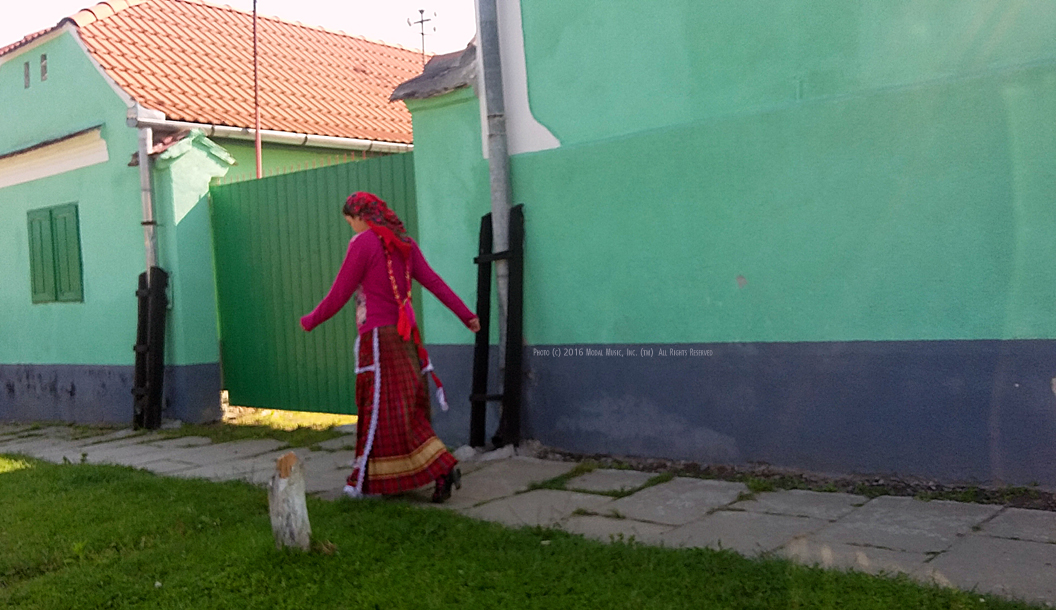
It is well worth noting here that the Rom originally came from India in many different waves of emigration over hundreds of years and each of those waves are effectively different cultures. Thus, even though the various groups of Rom may share certain common characteristics, they no more have a uniform, mono-culture than Canadians do. Just look at how different the “Gitanos” of Spain are from the “Gypsies” of Russia, for example.
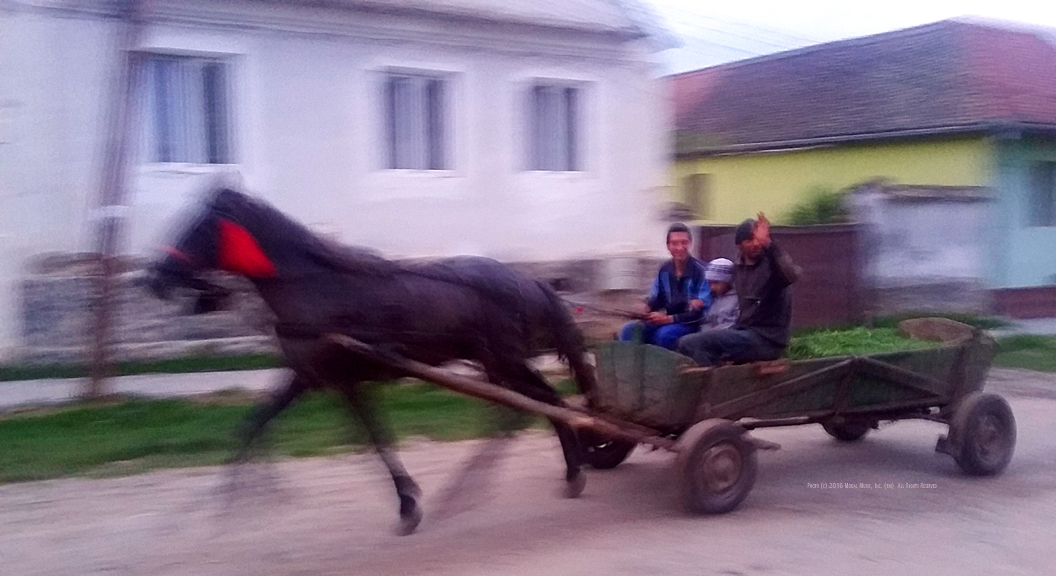
In any case, because we did not know if any specific person was in group A or in group B, to avoid offending folks we consequently never broached the subject to anyone. Which was a bit frustrating since there we were, on the ground, so to speak, not feeling free to better our understanding of a culture that generated so much of the music that we so dearly love to play and share with our audiences.
Despite this somewhat awkward situation, we did what we do everywhere, that is, to “bring worlds of music to the rest of the world.” The world may be big and all too often fractured, but no matter where we’ve been, kids everywhere all enjoy music and dance. Moreover, especially because of the rather isolated existence the children of Roşia apparently have, we are very glad to have been able, even if in such a very small way, to show them a larger picture of the world and to demonstrate that there are folks in that wide world who care about them.
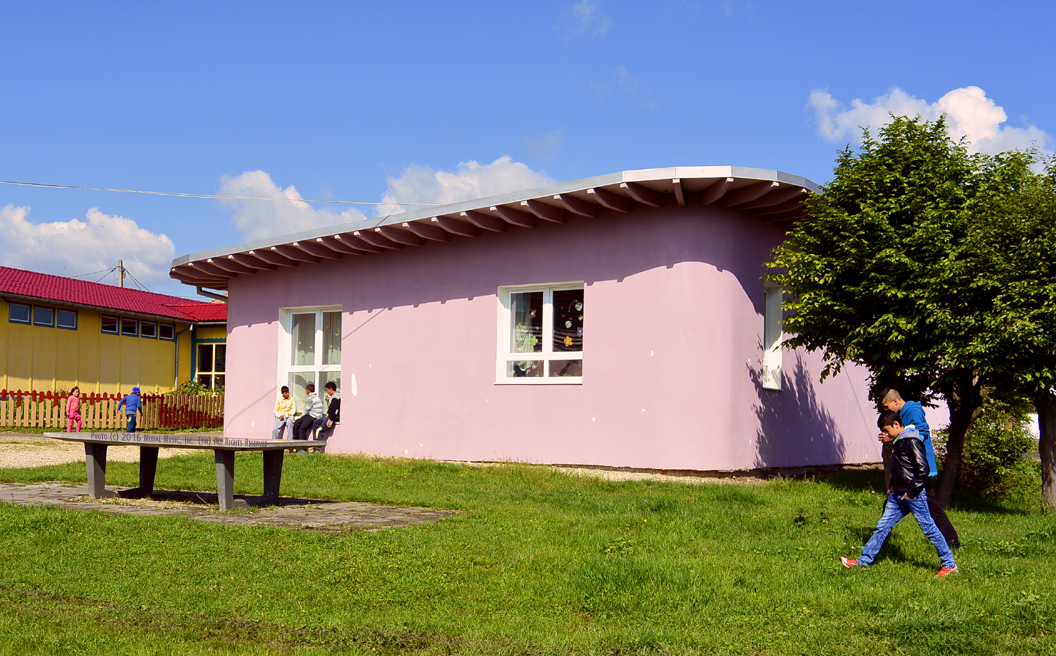
This is a school that we will remember for the stunning mountains beyond the green slopes on the one side and on the other side, the clip-clop of the horse-drawn wagons on the road, as well as on the inside, the smiling faces of all the students who danced, played, and sang along on our musical world tour. Vă mulţumim, Roşia!
* Nomenclature for and background on the word “Rom” is explained here:
rroma.org/questions-answers
** How the Rom were misidentified as “Gypsies” as explained at:
rroma.org/the-rroma/rroma-names
(1) For more information on the Roşia School’s creating organization:
freunde-waldorf.de/en/waldorf-worldwide/organisations-worldwide/romania/rosia.html
For further reading on the subject:
en.wikipedia.org/wiki/Romani_people
Please note: if you have any problems with the web links not working, simply highlight and copy the URL for use in a new browser tab. Thank you!
=== © 2016 Modal Music, Inc. (tm) ===
Esma Redzhepova has died.
Rest In Peace,
Queen of the Gypsies,
changer of lives.
Posted December 11, 2016
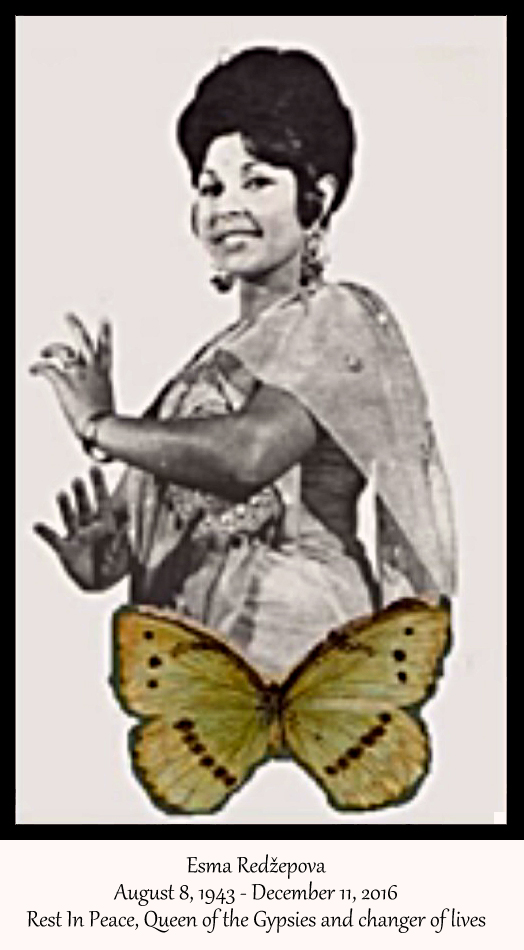
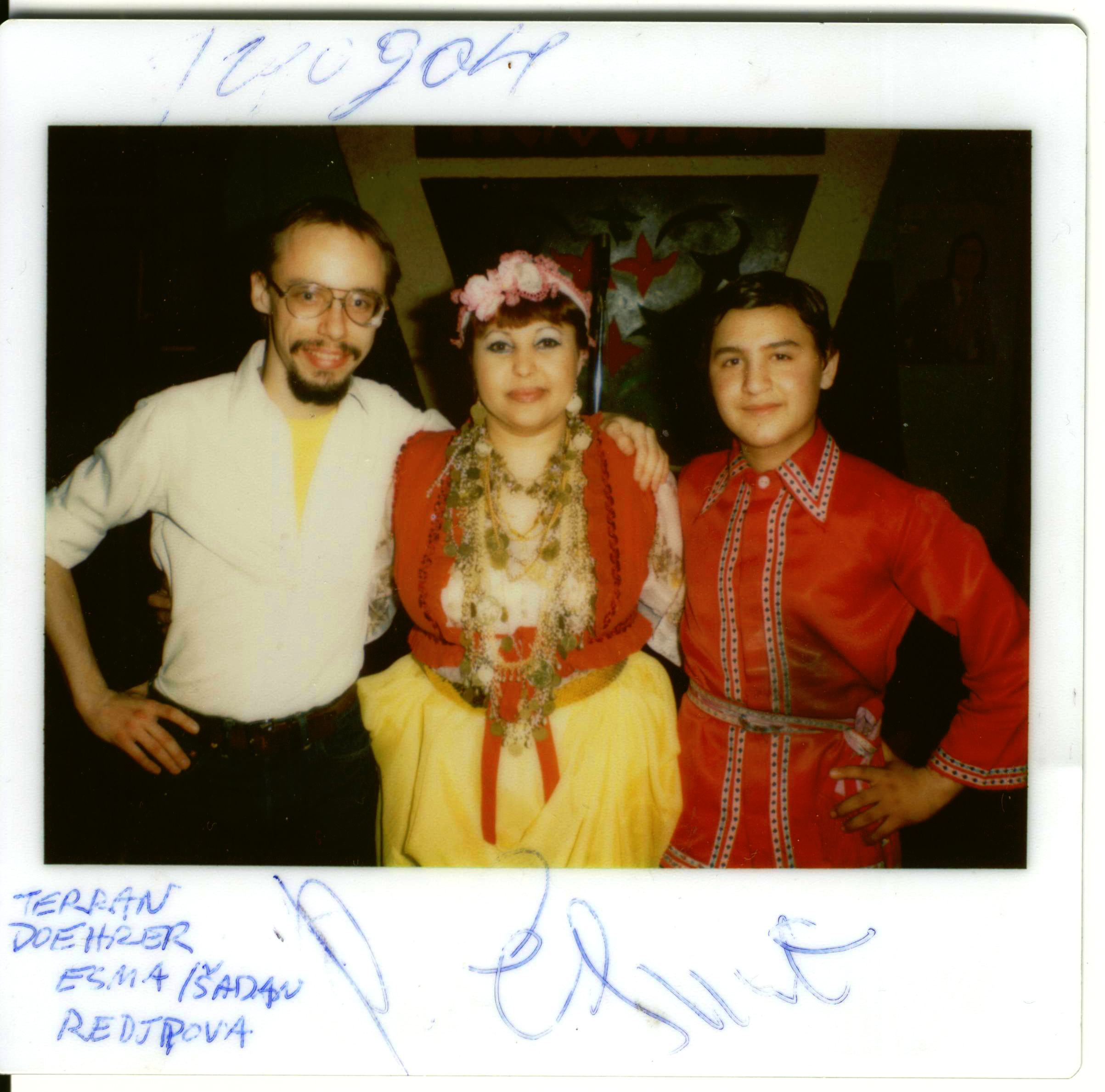
Terran Doehrer with Esma Redzhepova and Shadan Redzhepova circa 1981
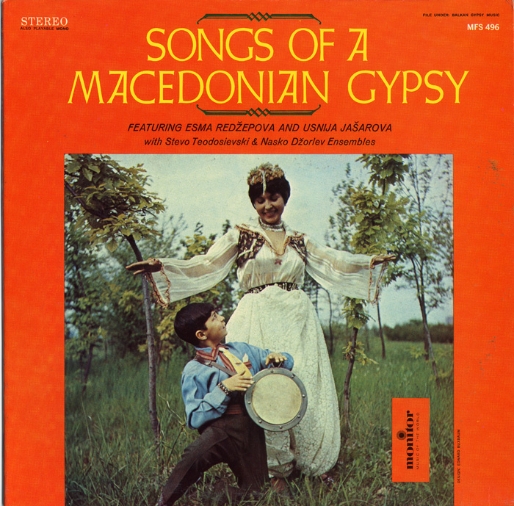
Monitor Records LP MFS 496
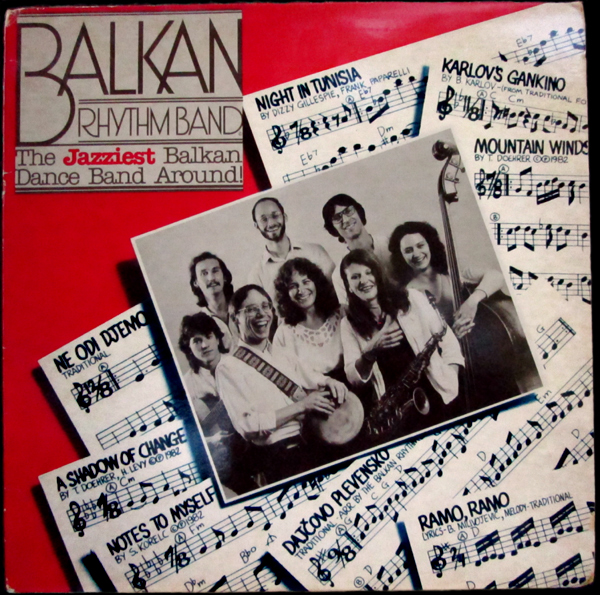
The Balkan Rhythm Band (tm) LP, “The Jazziest Balkan Dance Band Around”, Flying Fish Records, LP 314
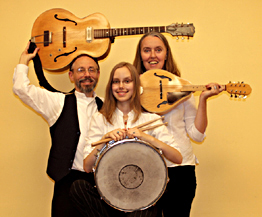
Jutta & the Hi-Dukes (tm)
Esma Redzhepova died this morning, December 11, 2016. I’ve been sitting here for quite a bit of time trying to get some sort of handle on my thoughts and feelings about Esma and her passing. She had a profound, profound impact on my life, a profundity of the deepest level. Without her guidance and encouragement at two critical junctures of my life, I would not be a musician, there would have been no Jutta & the Hi-Dukes (tm), and the Balkan Rhythm Band (tm), my first band out of which the Hi-Dukes eventually evolved, would have died on the vine. I would not have met my wife, Jutta, and of course, we would not have had our daughter, Zoï.
So, despite having had relatively very little actual time with Esma, what I did have colored, influenced, informed, shaped, and directed my entire adult life.
This effect she had on me is perhaps typical of the effect she had on many, many, many people. Esma was a unique, incredibly generous, caring person. She adopted 47 Romany orphans (reports vary about the actual number) and moreover, gave them careers by turning many into world-class musicians. The ripple from her path through life is simply unfathomably huge. She was a butterfly that literally changed the world. (You folks into metaphysics will get the reference…)
She survived her friend, Usnija Redzhepova, by a bit over a year. Usnija was also a big star in the Yugo-Balkan-Gypsy music world. When Usnija died, Jutta and I realized that, quite unconsciously, we had always paired up as a medley “Chaje Shukarije” (Esma’s breakthrough song that she wrote when she was around 12 years old) with “Ushti, Ushti, Baba” (one of Usnija’s hit songs).
Esma was born on August 8, 1943 and was a hair over ten years older than me. She remains a model to me of how to live one’s life and I can only hope that I will still be touring the world and performing at the age of 73 as she did. When I end up at the finale of my last song, I can only hope that I might have had even a fraction of the positive impact on people that Esma had. An incredibly high bar, that.
The music world will be a less joyful and exhuberant place with Esma’s passing. My deepest condolences to all of her family members and band mates (who often were family members – all those adopted kids!) and friends and fans.
—Terran Doehrer
The official Jugoton version of Esma’s biggest hit, “Chaje Shukarije”
https://www.youtube.com/watch?v=UcaHAL38j4M
Jutta and me playing “Chaje Shukarije” for some Romany children in Romania
https://www.hidukes.com/videos/hi-dukes roshia waldorf classroom video.html
Usnija singing “Ushti, Ushti Baba” reportedly with Esma
https://www.youtube.com/watch?v=E8uSmaH9rA
Jutta & the Hi-Dukes playing “Ushti, Ushti Baba”
https://www.hidukes.com/videos/hi-dukes%20video%20ushti.html
=== © 2016 Modal Music, Inc. (tm) ===
Usnija and Esma Redzhepova:
Good friends, not sisters
Posted March 30, 2017
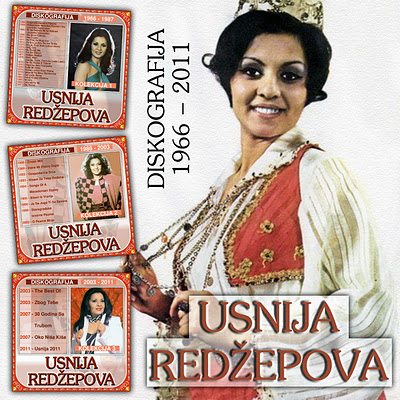
A commemoration photo of Usnija Redzhepova published on the web after her death.
When Esma Redzhepova died back on December 11, 2016, I wrote the blog entry above about her. Among other things, in that article I mentioned that Usnija Redzhepova was Esma’s sister. Well, I was wrong: they were “just” friends and colleagues.
After I wrote the blog entry, I was honored by Ron Houston’s request to write an obit for Esma in the Report To Members magazine of the Society of Folk Dance Historians. In that obit, I unfortunately repeated the notion that the two singers were sisters. To my chagrin, while reading the March 2017 issue, I noticed a letter to the editor which stated that the two were not related at all.
Ahk. I immediately contacted Vesna Gjorgjievska and Simeon Atanasov, two folks who were quite close to Esma and who therefore ought to know for sure the truth of the matter. Which is what I should have done before publishing anything that remotely looked like a fact as versus being a personal reaction.
Mz Gjorgjievska wrote, “No, Esma and Usnija were not sisters, just close friends. You are not the first person who thought that they are sisters.” Mr Atanasov stated, “Esma and Usnija were good friends only, not sisters. When Usnija started to sing she asked Esma if she could use her surname ‘Redzepova’ and Esma gave her the surname. Usnija’s real surname is Jasharova.”
So the depth of friendship demonstrated by one friend allowing her friend to adopt and use her family name is the reason I put quote marks around the word “just” in the lead paragraph here. And, of course, that gesture of friendship is what began the idea that Esma and Usnija were sisters, an idea that has been promulgated in the press and elsewhere. This gift of a family name also underlines, in one more way, Esma’s incredibly generous soul.
To end this on an upbeat note, I am happy to help clear the air about this issue and to reaffirm that these two wonderful singers were close enough that they could have been sibling sisters.
So, celebrate Esma and Usnija by listening to their music. And make sure to also listen to the music of Esma’s musical family, like Simeon Atanasov, Sakib Shadan, Zahir Ramadanov, and Elam Rasidov.
=== © 2017 Modal Music, Inc. (tm) ===
Musings on Music, Education, and Travel (tm)
Posted April 15, 2016
We are gathering stories and experiences to put on this blog while we are out on the road touring in Denmark, Switzerland, and Romania. On this blog’s facebook page you will see glimpses of what we will be elaborating on here so please stay tuned.
